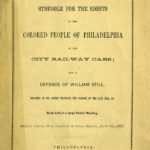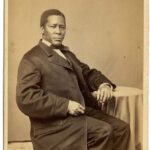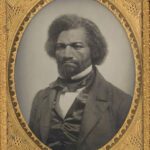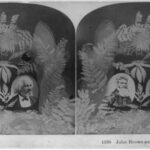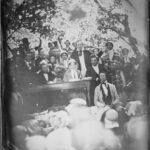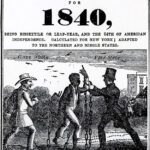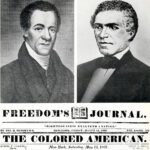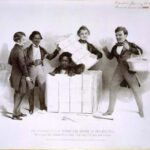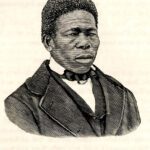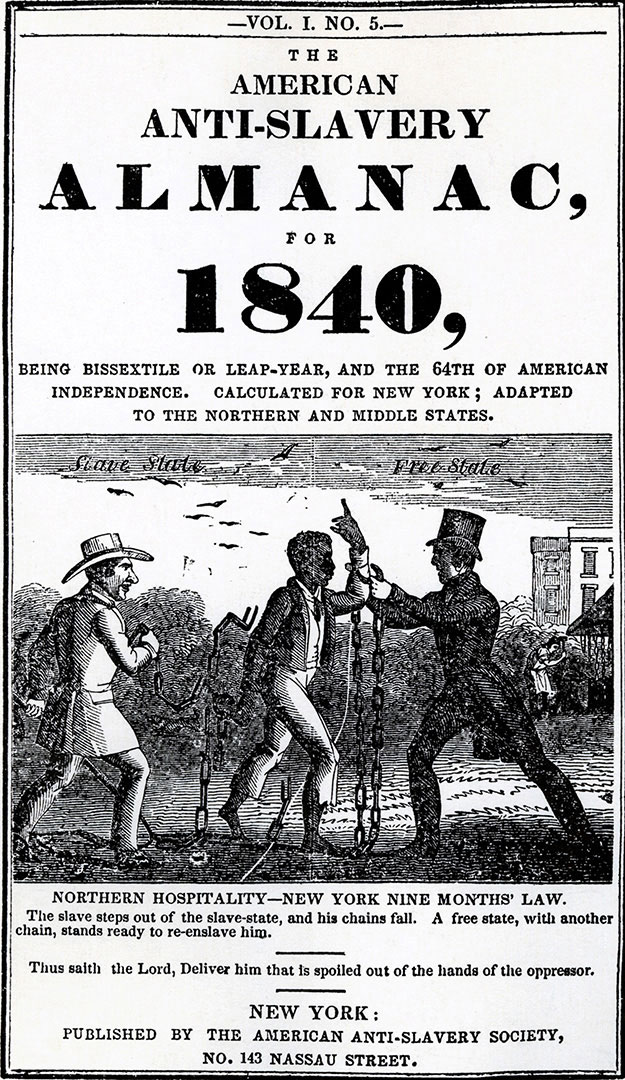
This unit explores the era leading up to the Civil War, focusing on the resilience and agency of African Americans who resisted slavery and fought for freedom during the antebellum period. Students investigate the lives of key figures like Josiah Henson, whose story inspired the character of Uncle Tom, and William and Peter Still, whose efforts were instrumental in the Underground Railroad. Through these narratives, learners uncover the courage and determination of African Americans who risked everything to claim their liberty and support others in doing the same. The unit examines the systemic mechanisms of slavery and the ways enslaved people resisted through rebellion, escape, and acts of cultural preservation. Activities include analyzing primary documents, mapping Underground Railroad routes, and exploring community-based strategies for resistance. Students critically engage with the role of abolitionist networks and African American leadership in challenging the institution of slavery. By examining these stories, learners understand how African Americans asserted their agency and humanity in the face of systemic oppression. Discussions also focus on the broader social and political tensions leading to the Civil War, emphasizing the role of African American resistance in shaping national debates on freedom and equality. This unit provides a foundation for understanding the complexities of the antebellum period and the critical role African Americans played in shaping the fight for justice and liberty.
NJ Student Learning Standards
- 6.1.12.CivicsPI.3.a: Analyze primary and secondary sources to determine the extent to which local and state issues, publications, and the rise of interest group and party politics impacted the development of democratic institutions and practices.
- 6.1.12.CivicsDP.3.c: Examine the origins of the antislavery movement and the impact of particular events, such as the Amistad decision, on the movement.
- 6.1.12.HistoryUP.3.b: Examine a variety of sources from multiple perspectives on slavery and evaluate the claims used to justify the arguments.
